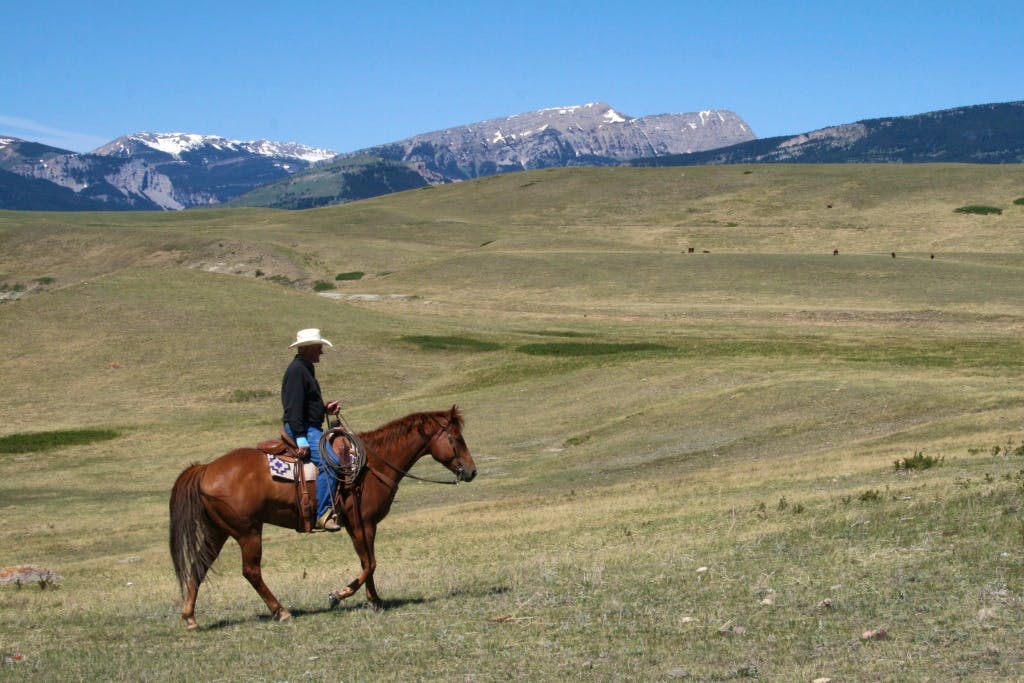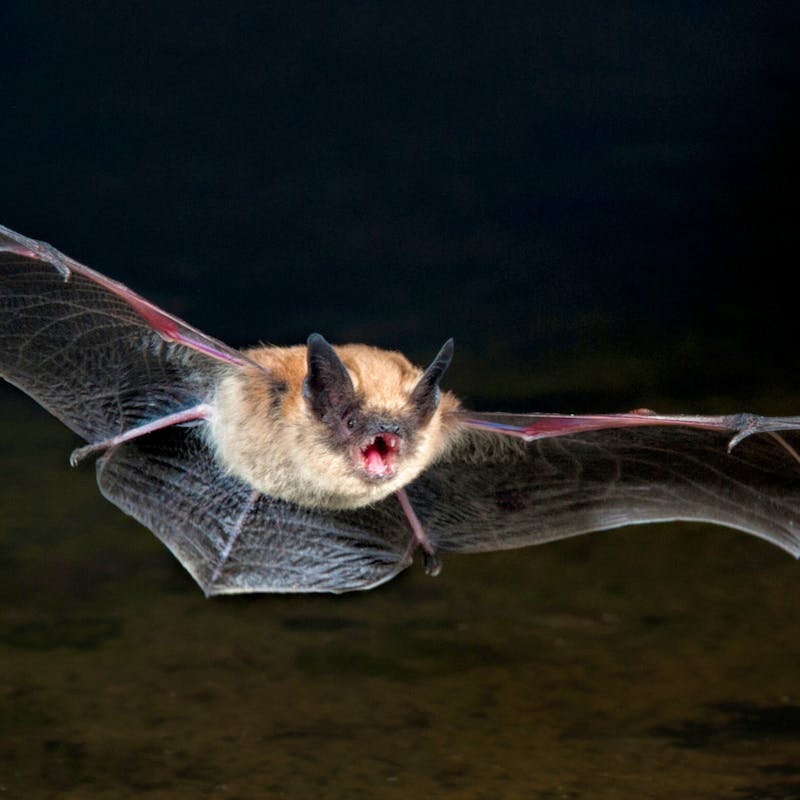Greta Thunberg said in April of 2019, “Humanity is now standing at a crossroads. We must now decide which path we want to take.” While we can’t save what has already been lost, we can preserve what remains.
This week is Wolf Awareness Week, a national awareness week that began in 1996, following the successful reintroduction of gray wolves to the Northern Rockies. For nearly three decades, the gray wolf has symbolized the potential we possess to rescue endangered and imperiled species. It is this enduring resiliency that has inspired our own logo, yet, despite the success, a combination of political, social and environmental factors continues to threaten the gray wolf’s recovery. This week offers us an opportunity to reflect on the gray wolf’s history, it’s progress and the opportunities that lie ahead.
The gray wolf first arrived on the North American continent around 750,000 years ago and expanded its territories across the spine of the continent over the following centuries, from the high Arctic down to Mexico. When European settlers arrived in the 16th century roughly 2 million gray wolves roamed the land, but these colonizers brought with them new policies which would threaten wildlife’s survival. On November 9, 1630 the Massachusetts Bay Colony issued the first wolf bounty in North America. Within the span of 300 years, gray wolves would be systematically eliminated from their range throughout the United States. By the time the U.S. government passed the Endangered Species Act in 1973, an estimated 300 wolves remained in the lower 48 states, isolated to the woods of upper Minnesota and Michigan. In a blink of an eye on the evolutionary scale, European-Americans nearly eliminated wolves in the continental U.S.
Then, famously, the federal government began a reintroduction of gray wolves to central Idaho and Yellowstone National Park in 1995, after public sentiments began to change. In the 25 years since, what began as 66 wolves have expanded to populations in Idaho, Montana, Wyoming, Washington, Oregon and even northern California. Yellowstone National Park saw a resurgence of vegetation following the reintroduction of wolves, whose reappearance pressured grazing animals like elk and deer to more broadly distribute their grazing patterns, giving vegetation a chance to recover. This led to increased biodiversity in the region and helped to restore the natural balance.
While the reintroduction of the gray wolf has been praised as one of the greatest conservation success stories in our history, the work is far from finished. Today, the lower 48 has an estimated population of 7,000 wolves, yet current occupied wolf habitats still represent less than 15% of their historical range. In many places, wolf populations remain isolated and fragmented. For example, the Mexican gray wolf, a rare subspecies of gray wolf, once held territories from the Grand Canyon to Mexico City, but today they are relegated to a few populations in Arizona and New Mexico. With only 163 Mexican gray wolves left in the wild, this population is in need of genetic rescue. Scientists on the U.S. Fish and Wildlife Service Mexican wolf advisory board agree that, in order to survive, Mexican gray wolves need connectivity to other wolf populations. Historically, Colorado offered that opportunity, connecting wolves from across the continent.
As wolves have returned, the age-old conflicts that led to their demise have also re-emerged. The most significant conflicts are based on fear of livestock loss, even though in the last two decades, fewer than one percent of losses were caused by wolves. The greatest challenge now is to build acceptance and appreciation for wolves, which Defenders strives to do by bringing people together to learn how to live with this magnificent, native species. We host workshops where ranchers who live in wolf territories share with other ranchers some of the tools and techniques used to keep livestock safe and we build partnerships with key stakeholders to implement projects to minimize wolf-livestock interactions. The use of these nonlethal tools and techniques encourages wolves to select their natural prey of elk and deer instead of domesticated livestock. We also work closely with a wide variety of partners – state fish and wildlife agencies and commissions, elected officials, ranchers, recreationists, activists and other conservation organizations – to advocate for policies and practices to ensure continued wolf recovery.


And now, a new opportunity has emerged in Colorado.
This November, voters in Colorado will decide on a proposition to reintroduce gray wolves. This is a historic moment, not only representing the first time a species would be reintroduced by a democratic vote, but also creating the opportunity to once more connect gray wolf populations down the entire Continental Divide from Alaska to Mexico. Gray wolves were widely distributed throughout the state for thousands of years, but their howls have been missing since the last wolf was killed in 1945. Western Colorado, with over 17 million acres of public land and some of the largest elk and deer herds in the country, represents some of the best remaining habitat for wolves. Wildlife experts agree that an absence of wolves disrupts the natural balance, causing unintended changes to plant and animal life, and restoring wolves could benefit wildlife by maintaining healthier elk and deer herds, with broad and cascading effects throughout the ecosystem.
And healthy wild spaces is something Coloradans support. A recent poll conducted by Colorado State University found that 84% of Coloradans supported wolf reintroduction. That’s consistent with over two decades worth of polling, but the Colorado Parks and Wildlife Commission, a politically appointed body, has stood as the roadblock to wolf restoration. By voting yes on Proposition 114, we are taking politicians out of the picture and instead directing Colorado Parks and Wildlife to develop, with public input, a science-based plan to safely reintroduce wolves and restore gray wolf connectivity along the spine of the continent.
Author

John Murtaugh
comments
Wildlife & Wild Places









